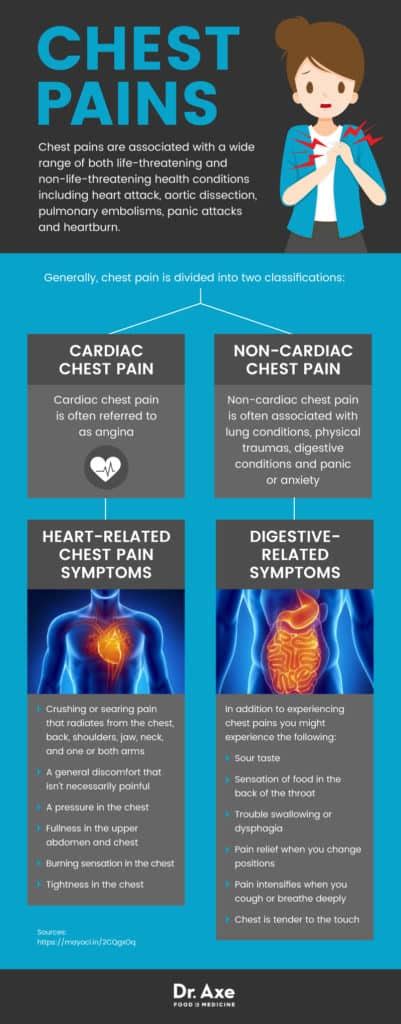Intro
Female chest pain is a common symptom that can be caused by a variety of factors, ranging from mild to life-threatening conditions. It is essential to understand the different causes, symptoms, and treatment options available to ensure prompt and effective management. Chest pain in women can be a source of significant distress and anxiety, and it is crucial to approach this issue with sensitivity and compassion.
Chest pain in women can manifest in various ways, including a sharp stabbing sensation, a dull ache, or a feeling of tightness and pressure. The pain can be constant or intermittent, and it may radiate to other areas of the body, such as the arms, neck, or jaw. Women may experience chest pain due to cardiac or non-cardiac reasons, and it is vital to determine the underlying cause to provide appropriate treatment. In this article, we will delve into the world of female chest pain, exploring its causes, symptoms, diagnosis, and treatment options.
The importance of understanding female chest pain cannot be overstated. According to the American Heart Association, heart disease is the leading cause of death in women, accounting for approximately 1 in 5 deaths. Furthermore, women are more likely to experience non-cardiac chest pain, which can be just as debilitating and distressing. By educating ourselves about the different aspects of female chest pain, we can empower women to take control of their health and seek medical attention when necessary.
Causes of Female Chest Pain

Cardiac Causes
Cardiac causes of chest pain in women are a significant concern, as they can be life-threatening. Coronary artery disease, for example, occurs when the arteries that supply blood to the heart become narrowed or blocked, leading to a reduction in blood flow. This can cause chest pain, known as angina, which can be a warning sign of a heart attack. Cardiac arrhythmias, such as atrial fibrillation, can also cause chest pain, as well as palpitations and shortness of breath.Non-Cardiac Causes
Non-cardiac causes of chest pain in women are just as common as cardiac causes and can be equally distressing. GERD, for example, occurs when stomach acid flows back up into the esophagus, causing a burning sensation in the chest. Peptic ulcers, on the other hand, occur when sores develop in the lining of the stomach or small intestine, leading to pain and discomfort. Musculoskeletal causes, such as costochondritis, can cause chest pain and tenderness, particularly in the chest wall and ribs.Symptoms of Female Chest Pain

- Chest pain or discomfort
- Shortness of breath
- Palpitations or irregular heartbeat
- Dizziness or lightheadedness
- Nausea or vomiting
- Fatigue or weakness
- Pain or discomfort in the arms, neck, or jaw
It is essential to seek medical attention immediately if you experience any of the following symptoms:
- Severe chest pain or pressure
- Difficulty breathing
- Confusion or disorientation
- Pale or blue-tinged skin
- Rapid or irregular heartbeat
Diagnosis of Female Chest Pain
Diagnosing the cause of female chest pain can be challenging, as the symptoms can be similar to those of other conditions. A thorough medical history and physical examination are essential in determining the underlying cause. Diagnostic tests, such as electrocardiograms (ECGs), echocardiograms, and blood tests, may also be necessary to rule out cardiac causes.Treatment Options for Female Chest Pain

In some cases, surgical interventions may be necessary to treat the underlying cause of chest pain. For example, coronary artery bypass grafting (CABG) may be necessary to treat coronary artery disease, while fundoplication may be necessary to treat GERD.
Lifestyle Modifications
Lifestyle modifications can play a significant role in managing female chest pain. Women can take steps to reduce their risk of developing cardiac and non-cardiac causes of chest pain, such as:- Maintaining a healthy weight
- Exercising regularly
- Eating a balanced diet
- Managing stress
- Getting enough sleep
- Avoiding smoking and secondhand smoke
By making these lifestyle modifications, women can reduce their risk of developing chest pain and improve their overall health and well-being.
Conclusion and Next Steps

We invite you to share your thoughts and experiences with female chest pain in the comments below. If you have any questions or concerns, please do not hesitate to reach out to a healthcare professional. By working together, we can raise awareness about the importance of female chest pain and promote better health outcomes for women everywhere.
What are the most common causes of female chest pain?
+The most common causes of female chest pain include cardiac causes, such as coronary artery disease and heart attacks, and non-cardiac causes, such as gastroesophageal reflux disease (GERD) and musculoskeletal issues.
How can I differentiate between cardiac and non-cardiac chest pain?
+Cardiac chest pain is often described as a heavy or squeezing sensation in the chest, while non-cardiac chest pain can be a sharp or stabbing sensation. However, it is essential to seek medical attention to determine the underlying cause of chest pain.
What lifestyle modifications can I make to reduce my risk of developing female chest pain?
+Lifestyle modifications, such as maintaining a healthy weight, exercising regularly, and managing stress, can help reduce the risk of developing cardiac and non-cardiac causes of chest pain.
